Thursday☕️

Trending:
- Yesterday, April 23, 2025, President Donald Trump signed an executive order titled “Advancing Artificial Intelligence Education for American Youth,” aimed at embedding AI education within K-12 schools. The initiative seeks to boost AI literacy and equip students for a technology-driven economy. It establishes a White House Task Force on AI Education, led by Michael Kratsios, Director of the Office of Science and Technology Policy, alongside Education Secretary Linda McMahon and AI adviser David Sacks. The order directs federal agencies to prioritize AI-focused teacher training, foster public-private partnerships, and launch programs like the “Presidential AI Challenge,” a student competition to showcase AI skills. It also encourages the Labor Department to expand AI-related apprenticeships and certifications to prepare students for future workforce demands.

- AI is the most powerful technology force today, following electricity and the internet as one of the three defining technologies of the past two centuries. Its transformative impact spans military command for strategic operations, factory automation, banking fraud detection, data analysis, and content generation, automating menial tasks and driving unprecedented efficiency. China has mandated AI education for its students, recognizing AI’s potential to surpass human intelligence and become a critical global asset. Without AI proficiency, nations risk falling behind, as it reshapes economies and security landscapes. The U.S. initiative reflects an urgent need to equip youth with skills to navigate and lead in an AI-driven future, ensuring competitiveness in a world where AI is a pivotal superpower.
Economics & Markets:
- Yesterday’s U.S. stock market:
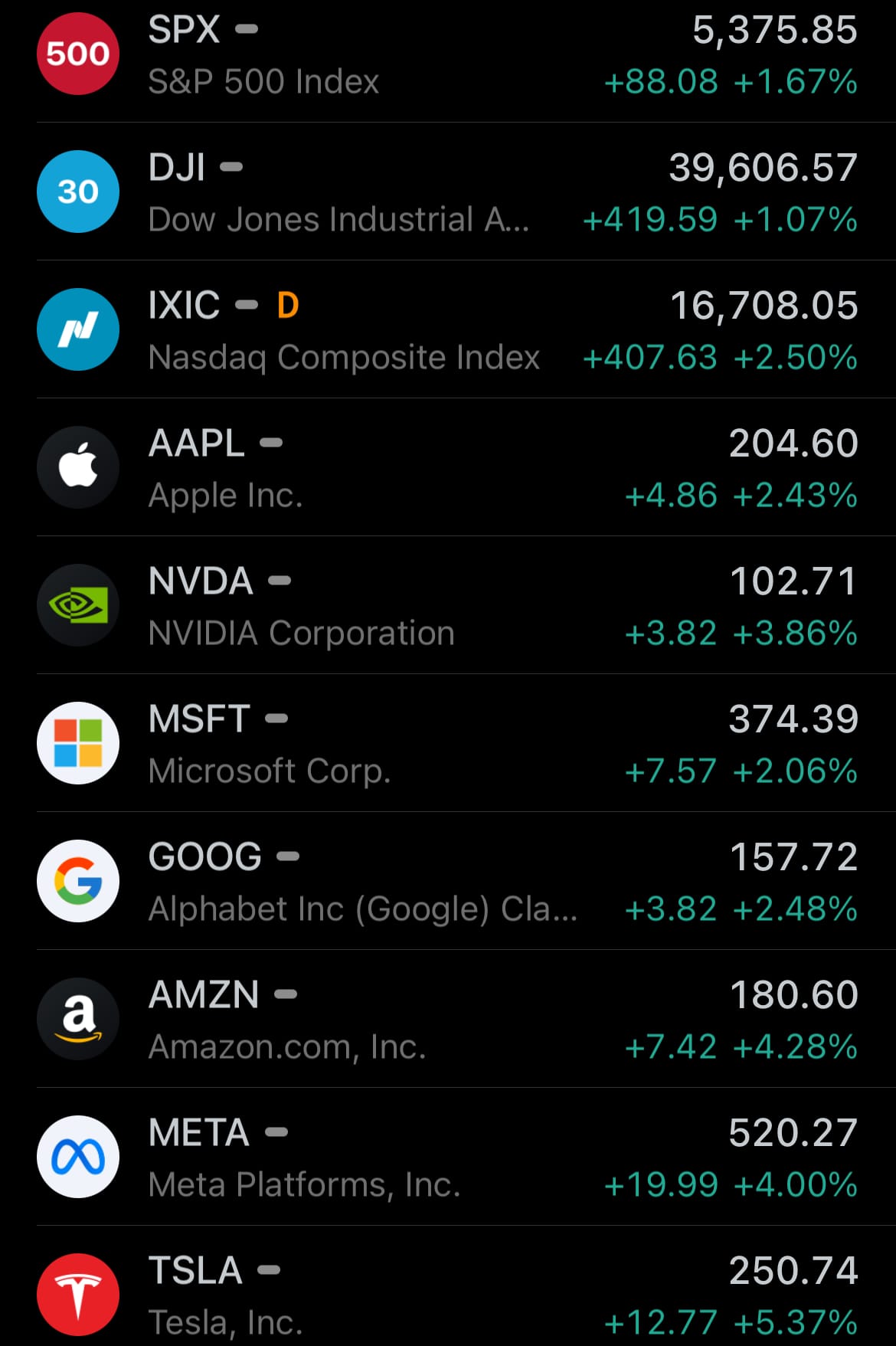
- Yesterday’s commodity market:

- Yesterday’s crypto market:
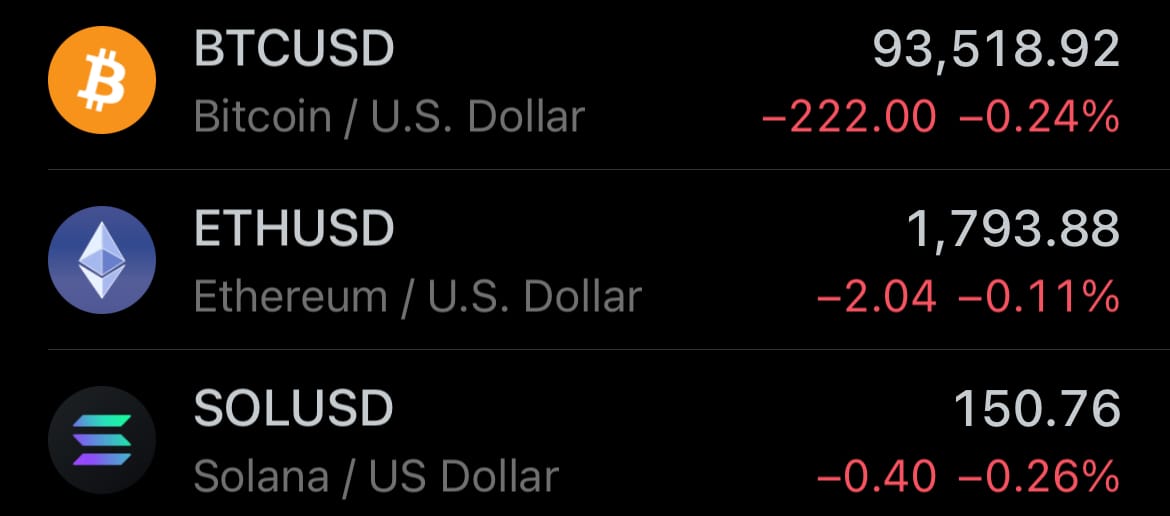
Geopolitics & Military Activity:
- Yesterday, April 23, 2025, armed gangs attacked a convoy of Haitian government forces in the Pacot neighborhood of Port-au-Prince, Haiti’s capital, leading to multiple soldiers being killed or captured. The assailants, identified as members of the "5 Segond" gang led by Johnson André, known as "Izo," recorded and shared videos of the incident, which included acts of violence against the deceased and captured soldiers. The circulation of these videos has highlighted the ongoing conflict between armed groups and state forces in Port-au-Prince, drawing attention to the challenges facing Haiti’s security apparatus.
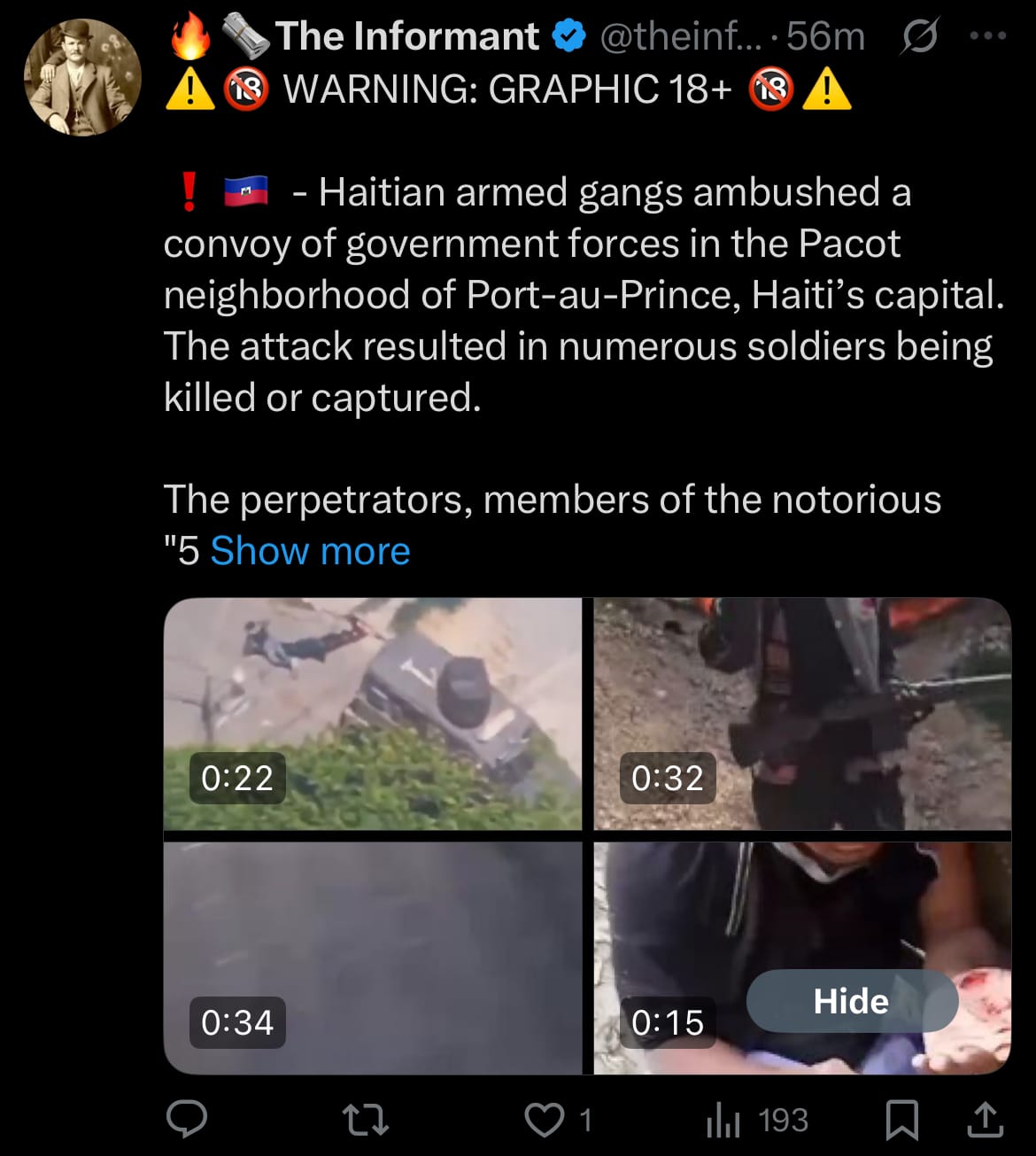
- Haiti’s security environment remains volatile, with groups like "5 Segond" maintaining control over significant areas of the capital amid political uncertainty and a strained national police force. This has contributed to widespread displacement, disrupted access to essential services, and worsened humanitarian conditions for many residents. The Haitian government has called for international support to address the rising gang activity, and discussions about a potential UN-backed stabilization mission are ongoing. However, no substantial progress has been reported, leaving Port-au-Prince in a state of persistent instability as the government and international community navigate complex logistical and political considerations.
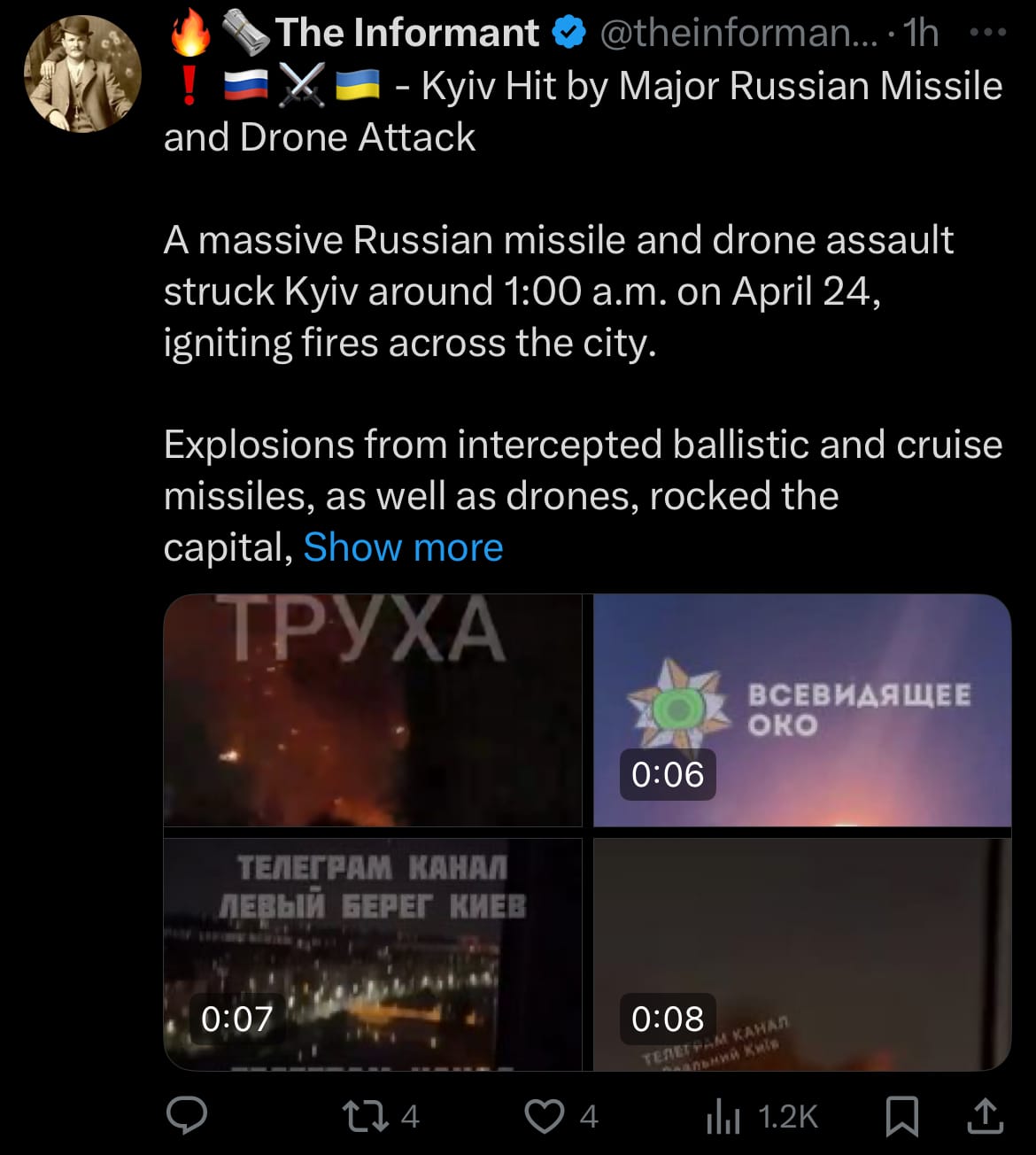
Environment & Weather:
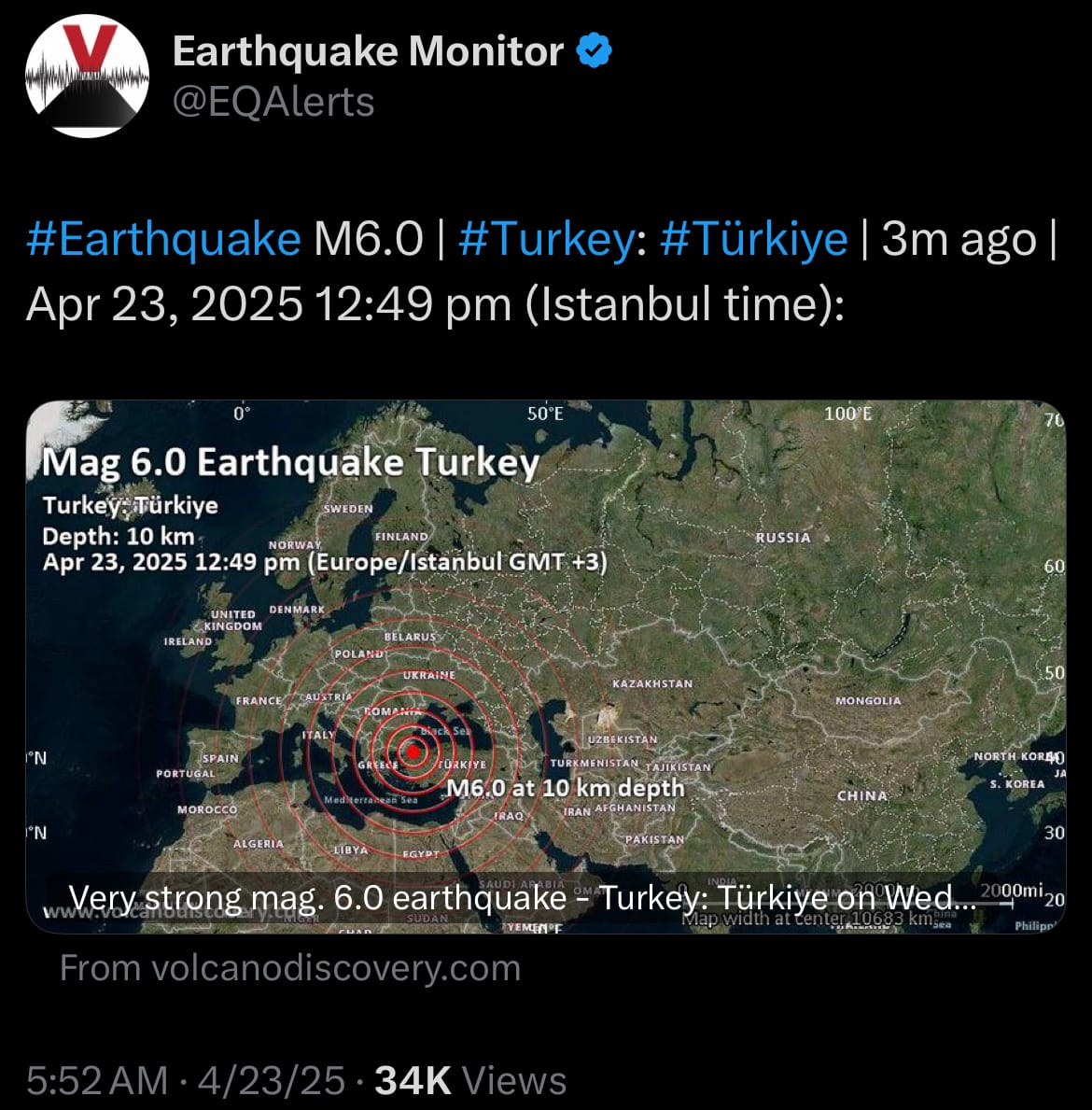
Privacy & Security:
- Yesterday, April 23, 2025, hackers linked to North Korea, identified as the UNC3782 group, conducted a phishing campaign targeting users of the TRON cryptocurrency platform, resulting in the theft of $137 million in assets. The attackers used deceptive websites mimicking the TRON platform to obtain users’ private keys and sensitive information, enabling them to transfer funds through multiple wallets to conceal their activities. This incident, underscores the persistent cybersecurity risks facing the cryptocurrency industry, particularly from sophisticated threat actors targeting digital assets.
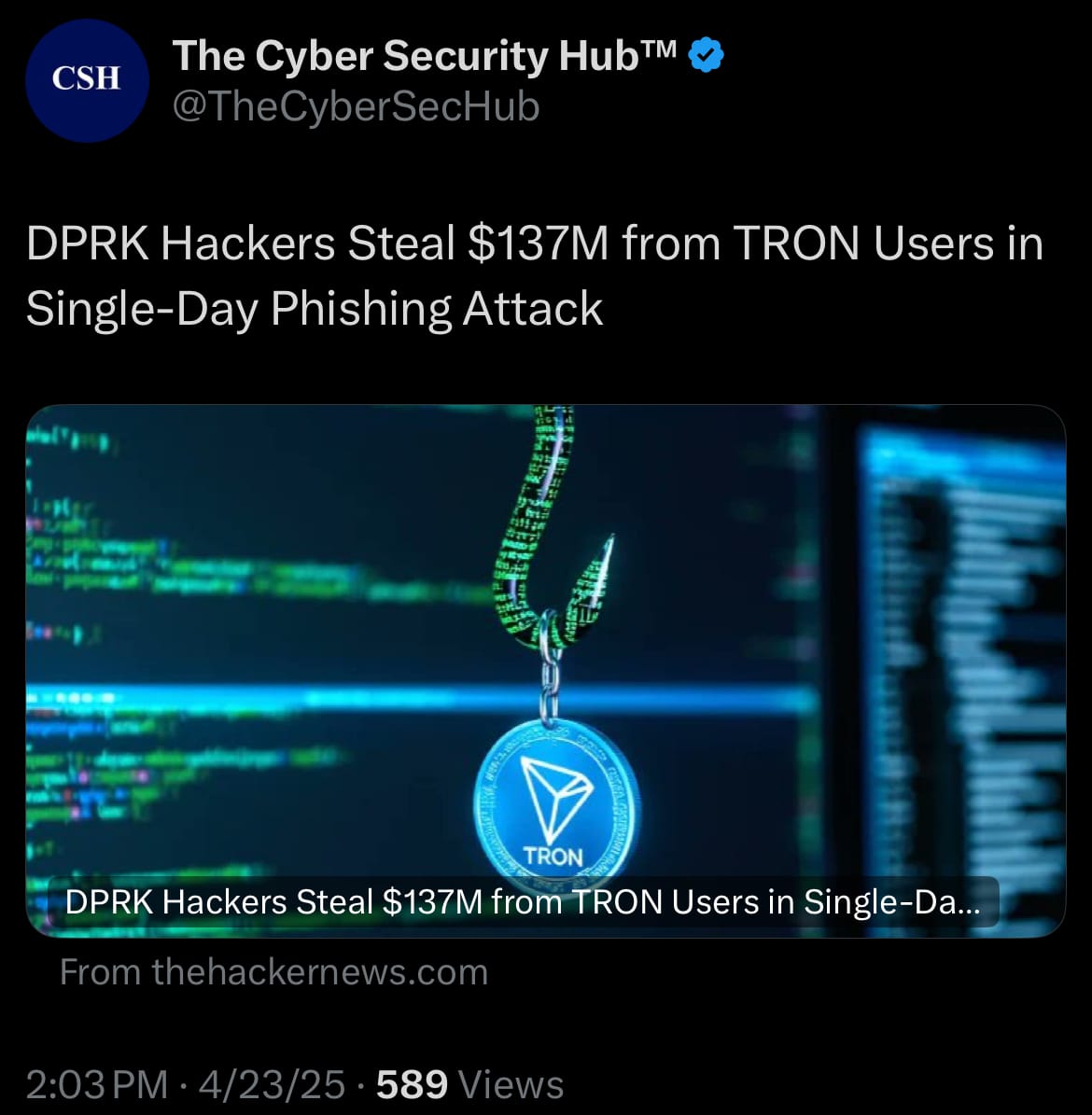
- North Korean-affiliated groups, including UNC3782, have been associated with multiple cyberattacks on cryptocurrency and Web3 platforms, reportedly stealing around $600 million in 2023 alone. These operations often involve tactics like phishing and social engineering to access digital wallets and networks. The stolen funds are believed to support various activities, though specific motives remain speculative. The decentralized structure of cryptocurrencies and evolving attack methods continue to pose challenges for global cybersecurity efforts, as international measures to address such threats face complexities in enforcement and coordination.
Statistic:
- Largest public semiconductor companies by market capitalization:
- 🇺🇸 NVIDIA: $2.506T
- 🇺🇸 Broadcom: $831.82B
- 🇹🇼 TSMC: $818.48B
- 🇳🇱 ASML: $258.71B
- 🇰🇷 Samsung: $253.54B
- 🇺🇸 QUALCOMM: $155.34B
- 🇺🇸 AMD: $146.85B
- 🇺🇸 Texas Instruments: $138.44B
- 🇺🇸 Applied Materials: $116.65B
- 🇬🇧 Arm Holdings: $110.83B
- 🇺🇸 Analog Devices: $90.81B
- 🇺🇸 Intel: $89.78B
- 🇰🇷 SK Hynix: $87.46B
- 🇺🇸 KLA: $87.32B
- 🇺🇸 Lam Research: $85.65B
- 🇺🇸 Micron Technology: $81.50B
- 🇹🇼 MediaTek: $67.15B
- 🇺🇸 Synopsys: $65.28B
- 🇯🇵 Tokyo Electron: $64.85B
- 🇨🇳 SMIC: $60.66B
- 🇺🇸 Marvell Technology Group: $46.56B
- 🇳🇱 NXP Semiconductors: $45.87B
- 🇩🇪 Infineon: $40.66B
- 🇯🇵 Advantest: $29.33B
- 🇺🇸 Monolithic Power Systems: $25.70B
History:
- The history of cyberattacks began in the late 20th century as computer networks expanded. In 1988, the Morris Worm, one of the first known worms, infected thousands of systems, exposing internet vulnerabilities. The 1990s saw the rise of viruses like Melissa (1999), which spread via email, causing widespread disruption. As internet usage grew, so did attack sophistication, with early hackers often driven by curiosity or prestige rather than profit. By the early 2000s, cyberattacks evolved into financially motivated schemes, with incidents like the 2000 ILOVEYOU virus affecting millions of computers globally and data breaches targeting companies like eBay. Nation-state actors also emerged, with events like the 2007 Estonia cyberattacks, attributed to Russia, marking a shift toward geopolitical motives.
- Since the 2010s, cyberattacks have grown in scale and impact, driven by advanced tools and diverse actors, including criminals, state-sponsored groups, and hacktivists. High-profile incidents include the 2010 Stuxnet worm, targeting Iran’s nuclear program, and the 2014 Sony Pictures hack, linked to North Korea. Ransomware attacks, such as WannaCry (2017), affected global systems, while massive data breaches at Equifax (2017) and Marriott (2018) exposed sensitive user information. The rise of cryptocurrency fueled new attack vectors, with phishing and wallet thefts becoming prevalent. Today, cyberattacks leverage AI, supply chain vulnerabilities, and social engineering, targeting critical infrastructure and digital economies, challenging global cybersecurity efforts amid evolving threats and limited international coordination.
Image of the day:

Thanks for reading!
Earth is complicated, we make it simple.
Click image to view the Earth Intelligence System:
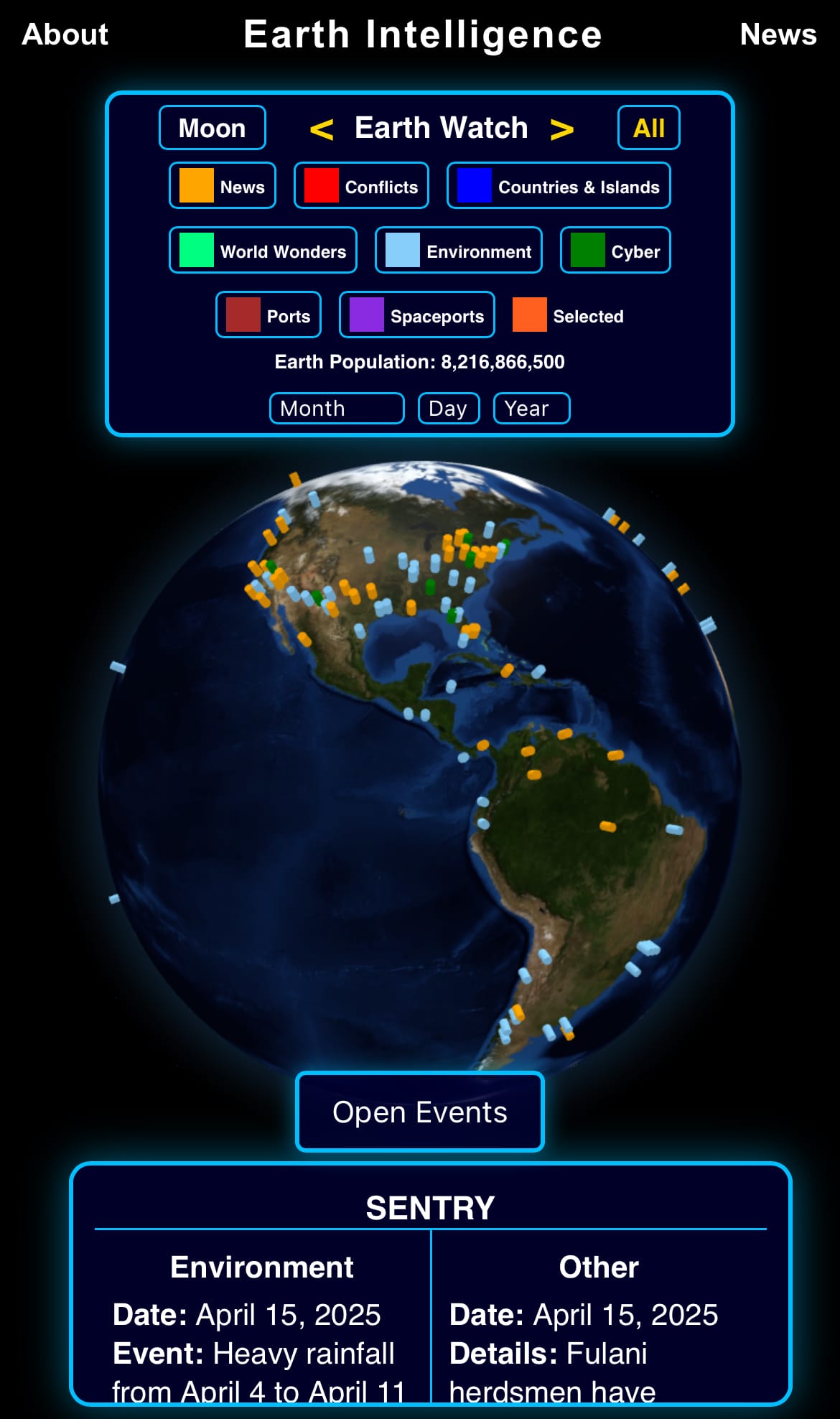


Support/Suggestions Email:
earthintelligence@earthintel.news




